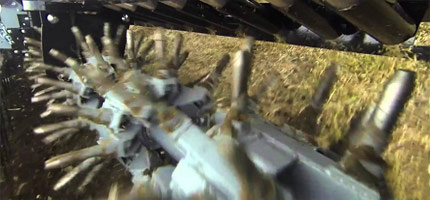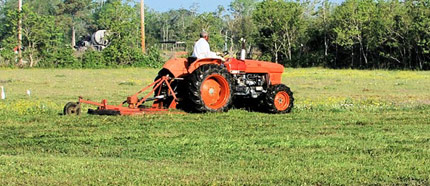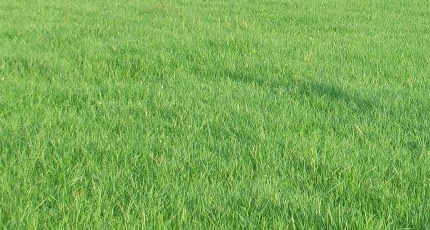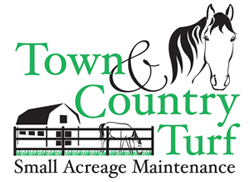Whether you have a sports field or a horse pasture,
we can provide a long-term, managed solution to promote thick healthy grass that helps prevent
weeds for a more productive, well maintained
and efficient use of your property.
|
| • Consultation |
Are you unknowingly compromising the health of your animals? Pastures that aren’t properly maintained on an ongoing basis can rapidly become overgrazed and weedy, providing very little nutrition for your animals. Having animals that are poorly fed can increase their risk of illness and the vet bills that treatment incurs. Contact Us today for a consultation to see how we can help with your situation.
|
| • Soil Testing |
A soil test is essential to realizing optimum grass production. A soil test helps to determine precisely how much fertilizer should be applied. Too little prevents optimum yields, too much is an unnecessary expense.
|
| • Aeravation |
Aeravation is a process which relieves soil compaction and is used to promote the movement of air, water and nutrients into the soil.

|
| • Fertilization |
Proper fertilization allows for a good stand establishment, promotes early growth, increases yield and quality and improves winter hardiness and persistence. Adequate fertility also improves the ability of grass to compete with weeds and increases resistance to insects and diseases.
|
| • Weed Control |
| The presence of weeds and brush in a pasture often indicates poor management, particularly overgrazing and inadequate fertilization. If broadleaf weeds are a problem, the application of livestock-friendly herbicides is an excellent choice for control. |
|
| • Mowing |
After your animals are moved to a new pasture, we mow the just-grazed pasture to the desired height for the species present. Pasture regrowth is more palatable to the animals and has higher nutrient composition than mature plants. Clipping also helps reduce weed pressure and the risk of eye irritation caused by mature seed heads. Weed pressure, particularly broadleaf weeds, can also be reduced by mowing several times during forage establishment.

|
| • Tilling |
Pulverizing the soil for seedbed preparation, perfect for mulching, mixing or burying weeds.
|
| • Dragging/Harrowing |
Because manure is not evenly distributed, the pasture should be dragged periodically with a harrow. This will increase pasture productivity by breaking up and scattering manure, eliminating burn and utilizing the fertilizer more evenly.
|
| • Primary Seeding |
We can apply a variety of pasture mixes or a seed mix of your choice at the proper depth, with good seed-to-soil contact for maximum germination and thicker, more uniform stands.

|
| • Overseeding |
| The process of seeding new, improved grasses into existing pastures. Used for rejuvenating grassland with minimal disturbance to the existing soil or grass. |
|



